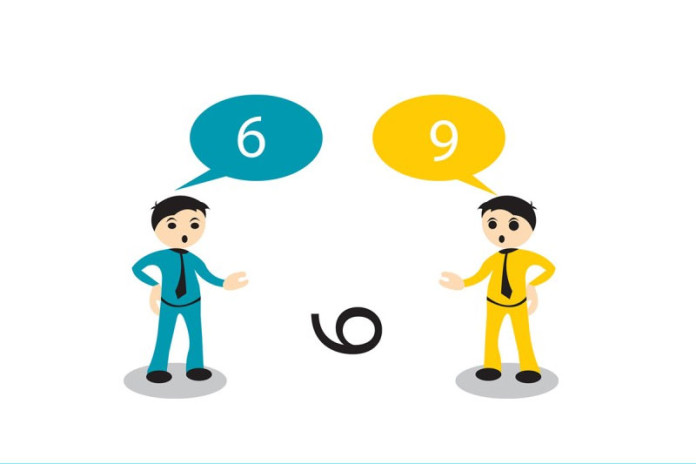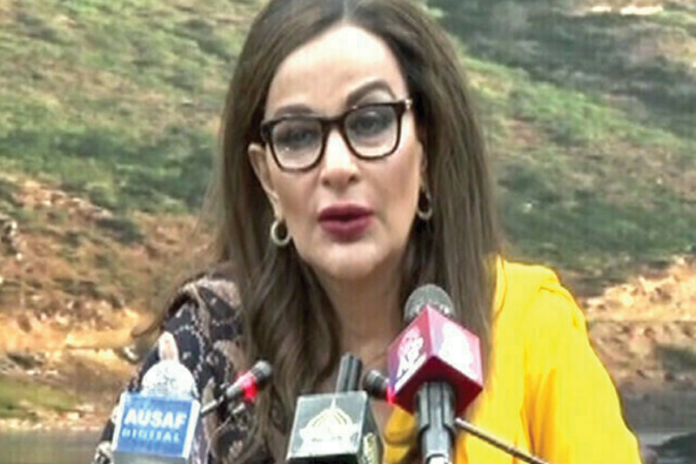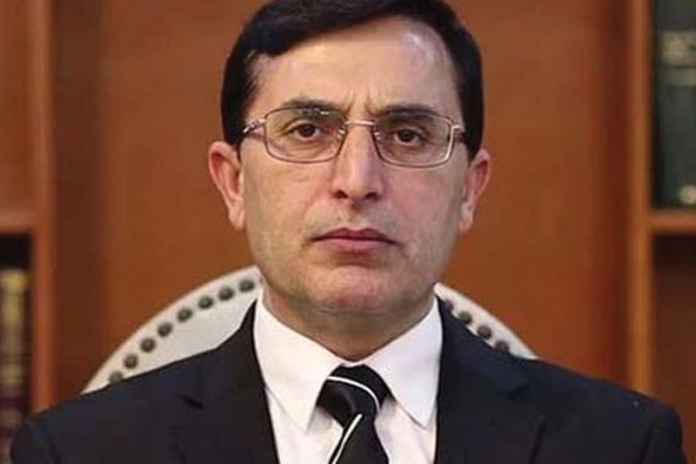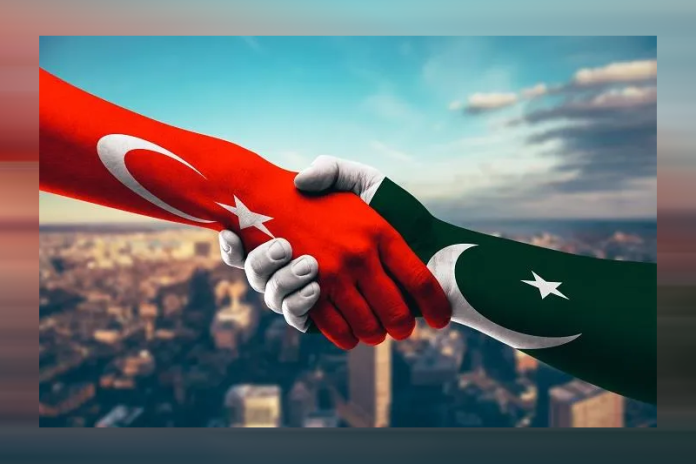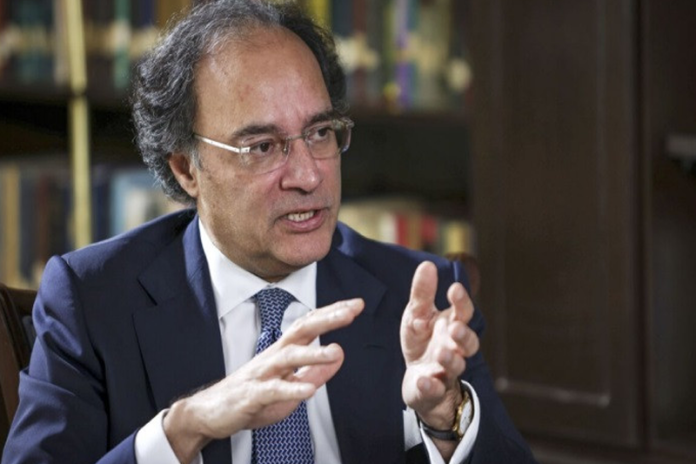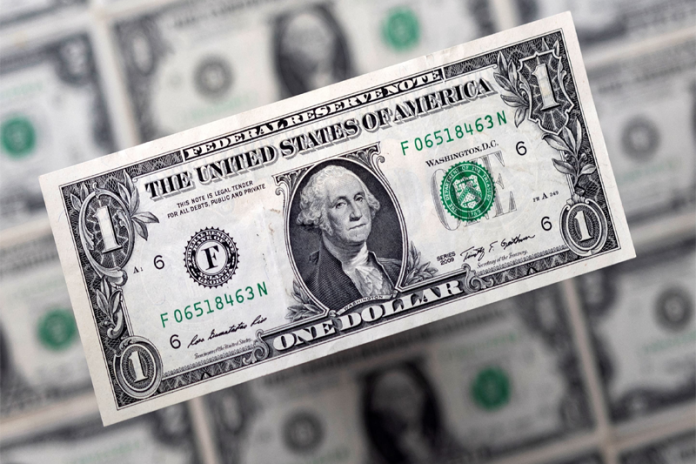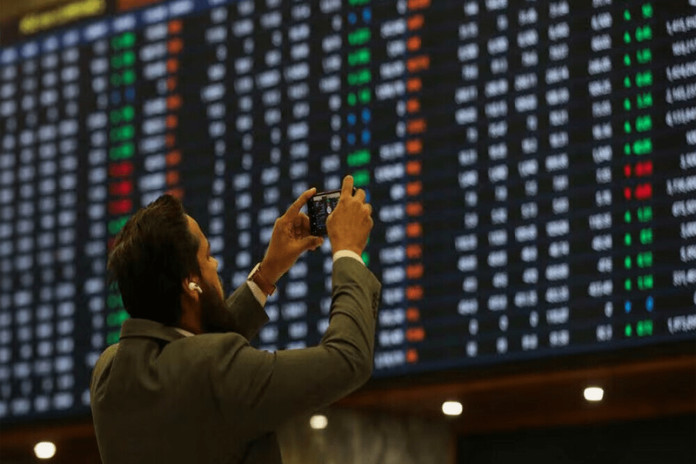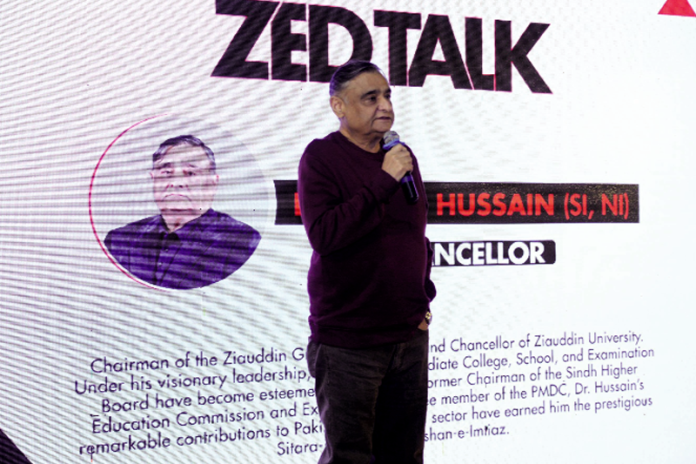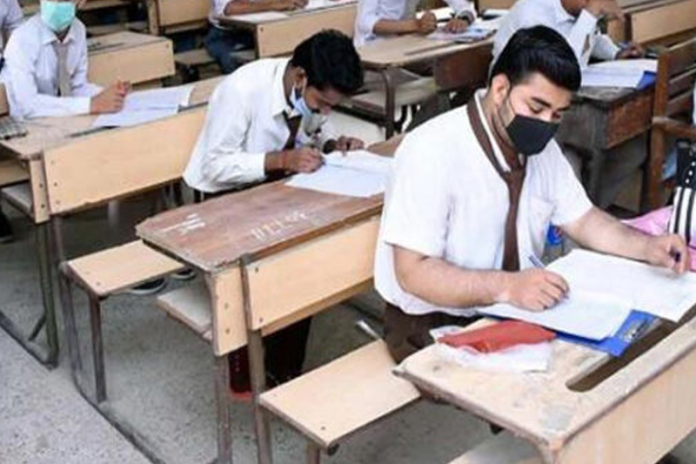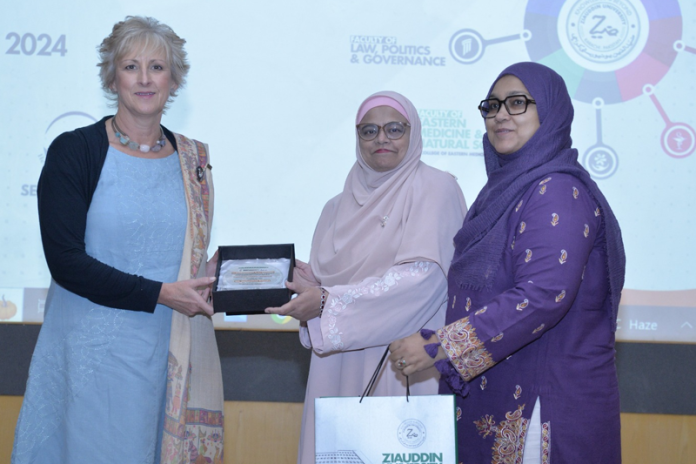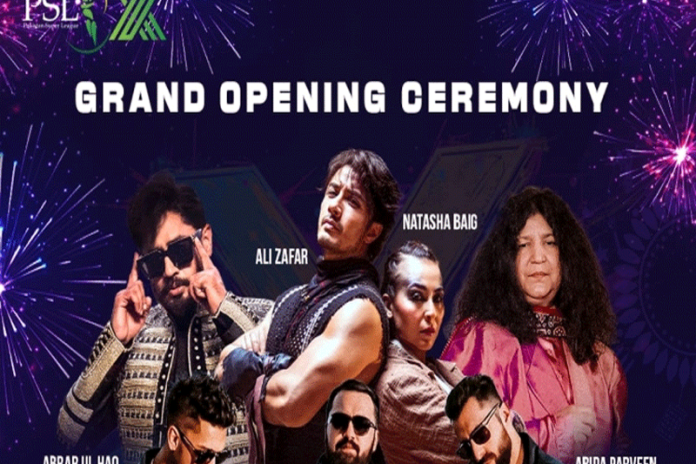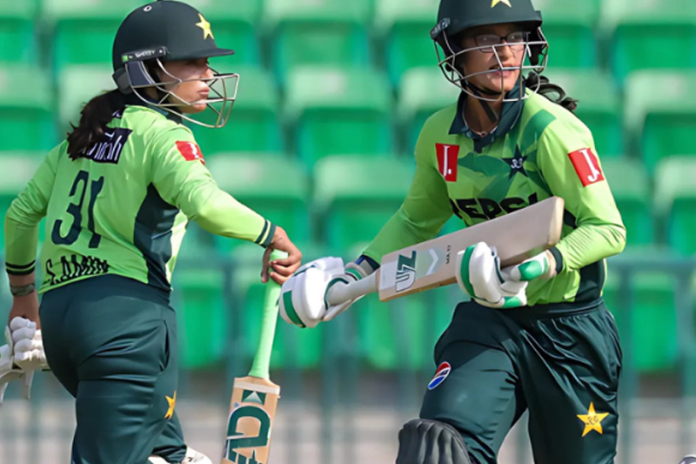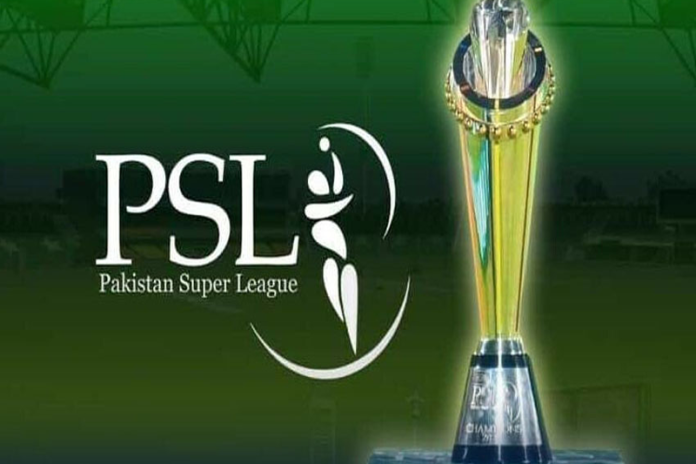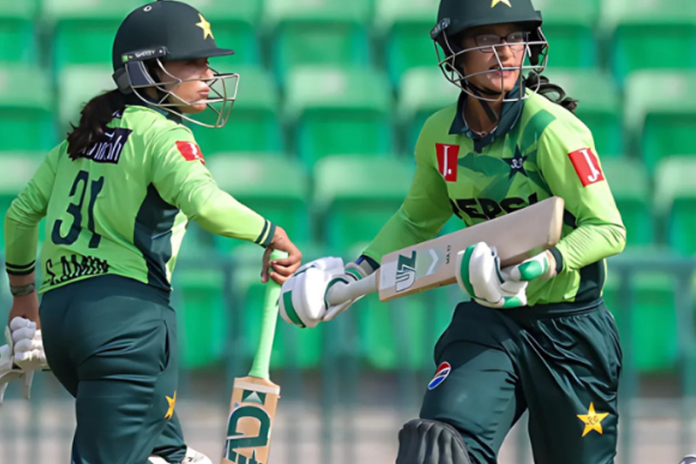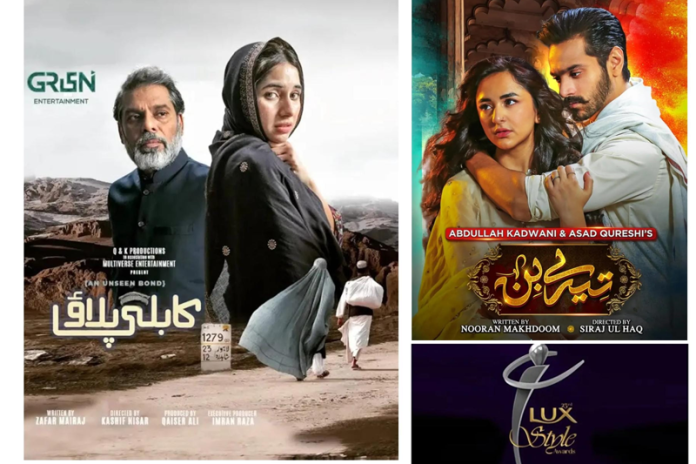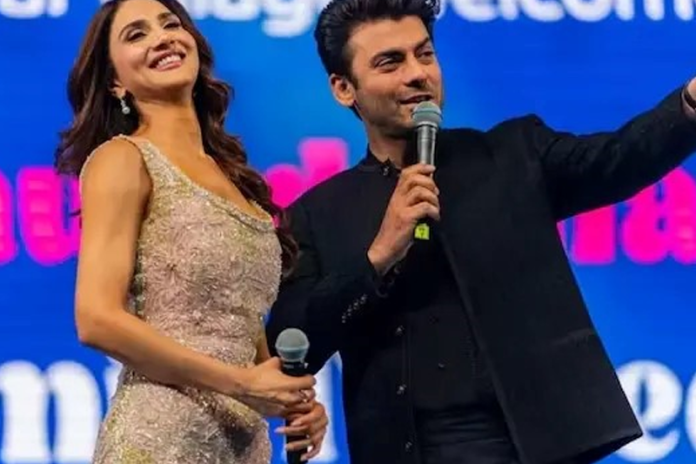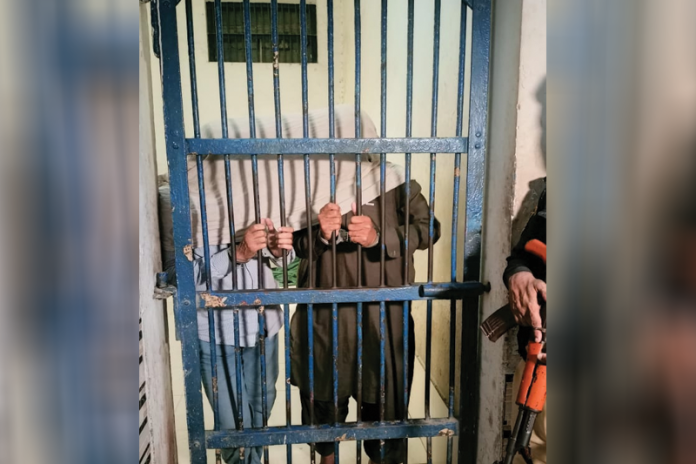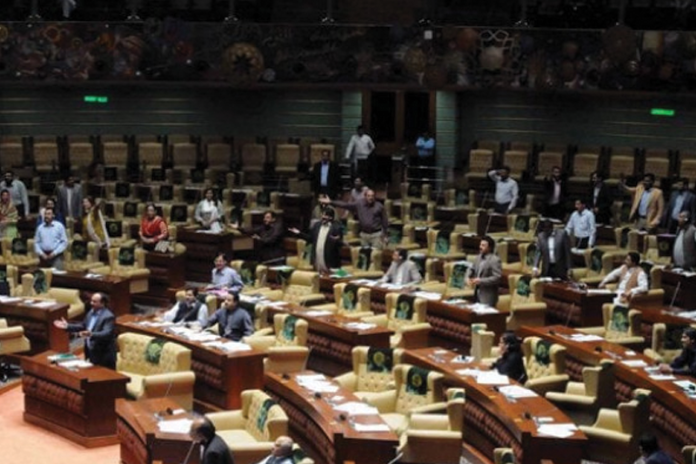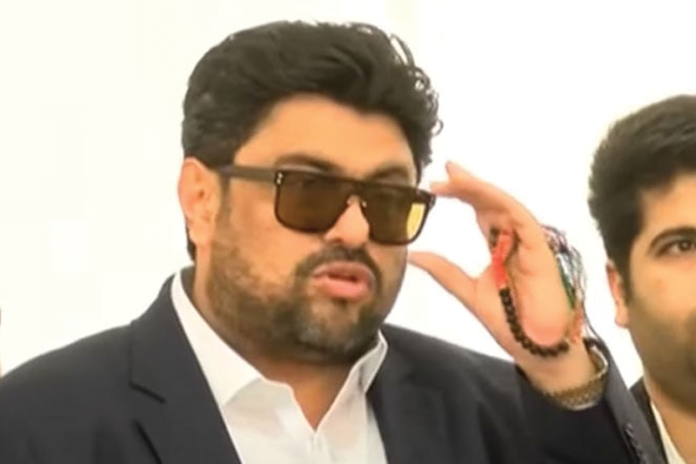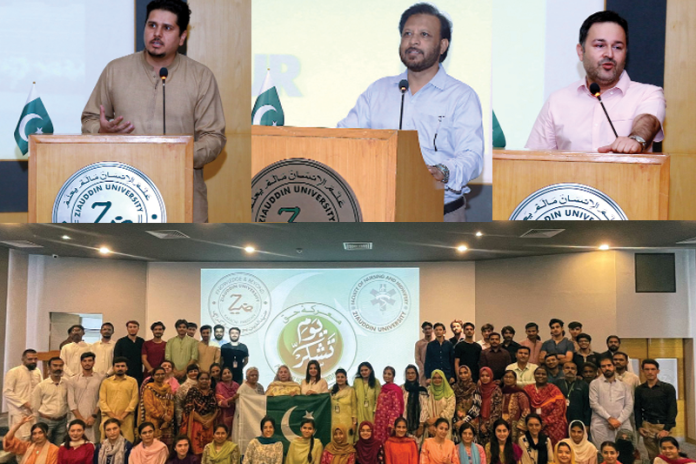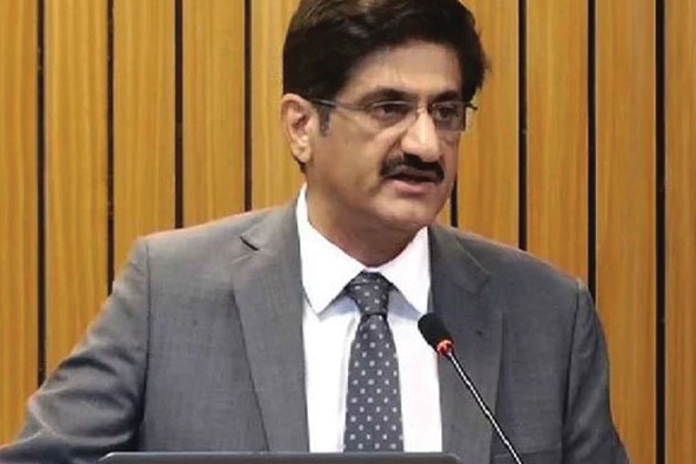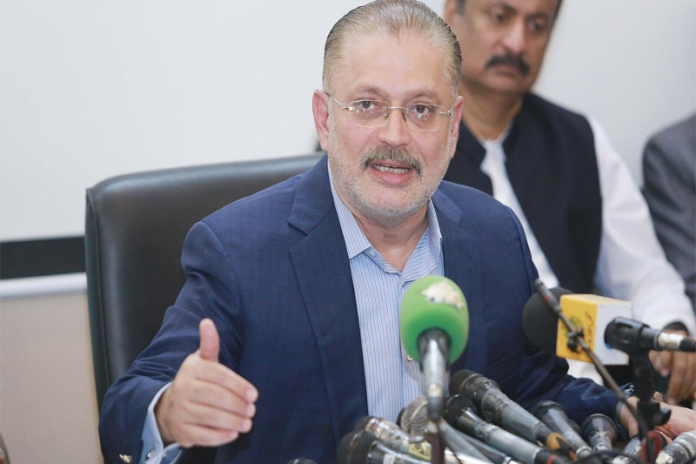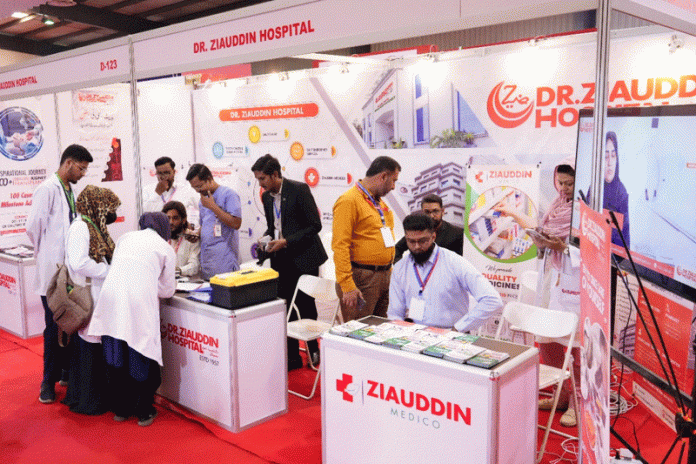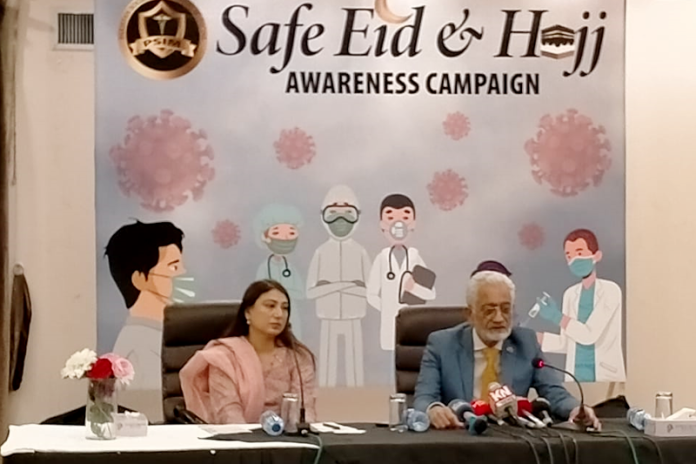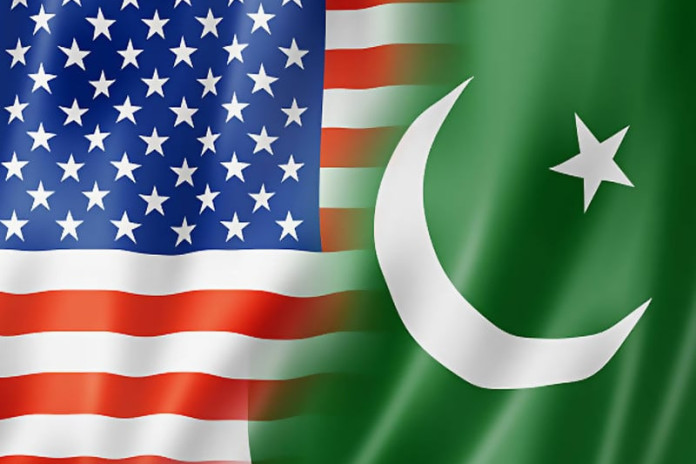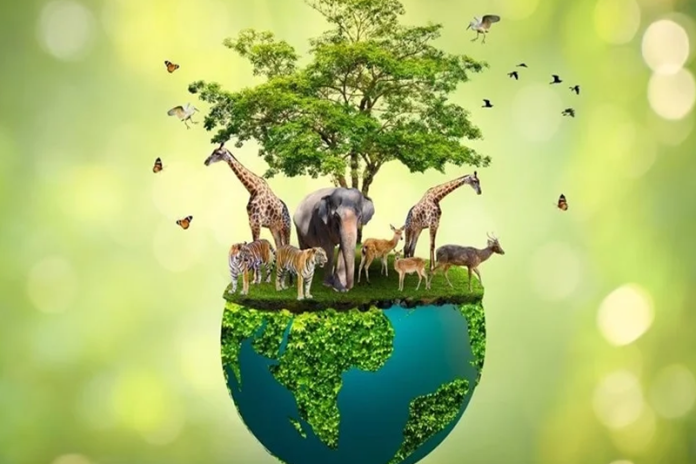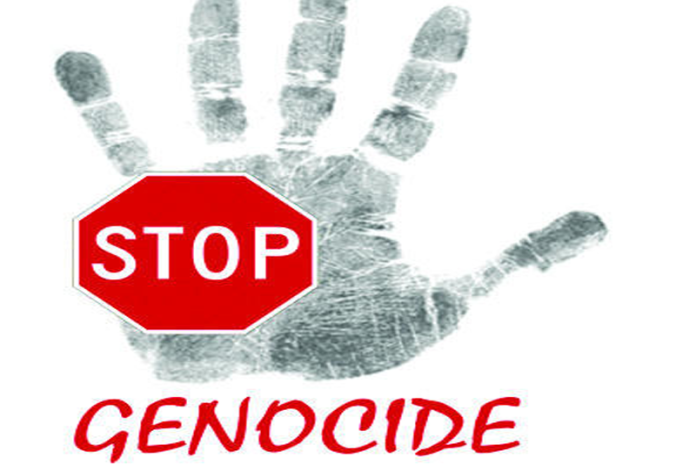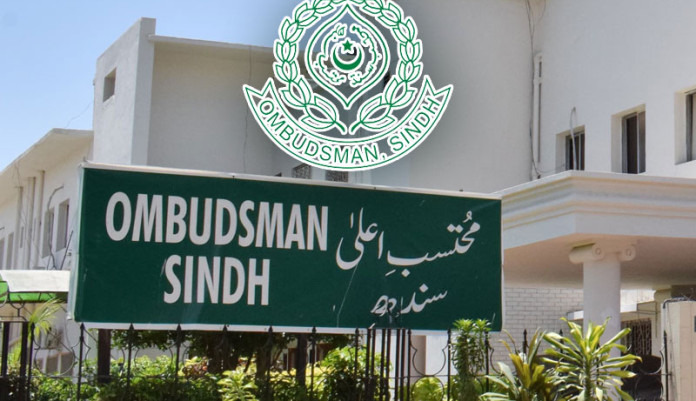Pakistan's Showbiz Industry: A Flourishing World of Entertainment

- 802
- 0
Pakistan's entertainment industry, commonly referred to as showbiz, has seen an incredible transformation in recent years.
From television to film, music, and even digital platforms, the showbiz world in Pakistan has come a long way. The industry has witnessed a revival in many aspects, thanks to the efforts of talented actors, producers, directors, and musicians. This article will explore the key aspects of Pakistan's showbiz industry, including its history, current trends, challenges, and contributions to global culture. The Early Days of Pakistan's Showbiz Industry The history of Pakistan's entertainment industry can be traced back to the early years following the country's independence in 1947. The film industry, commonly known as Lollywood, was one of the first forms of entertainment to gain popularity. The first ever Pakistani film, Teri Yaad, was released in 1948, marking the beginning of a rich cinematic journey in the country. During the 1950s and 1960s, Lollywood thrived with iconic films like Armaan (1966) and Chakori (1956), which garnered immense success both commercially and critically. Television, on the other hand, came to Pakistan in the 1960s.
PTV (Pakistan Television Corporation) was established in 1964, and it quickly became a major platform for entertainment, cultural exchange, and education. Shows such as Toba Tek Singh, Uncle Urfi, and Aangan Terha from the 1980s are still remembered fondly by many for their storytelling and iconic characters. The Rise of Drama and Television Industry While the film industry faced setbacks in the 1980s due to the rise of VHS tapes and pirated films, the television industry became a major source of entertainment for the masses. During the 1990s, Pakistani drama became well-known across South Asia, and Pakistani dramas gained immense popularity due to their strong narratives, well-rounded characters, and realistic portrayals of society. Shows like Dhoop Kinare and Tanhaiyan became iconic and showcased the talent of actors such as Shahzad Nasib, Bushra Ansari, and Qavi Khan. With the advent of private television channels in the 2000s, the drama industry began to see an even larger surge in popularity.
Channels like HUM TV, Geo TV, ARY Digital, and others brought fresh content, which resonated with both local and international audiences. Dramas like Humsafar (2011), Zindagi Gulzar Hai (2012), and Meri Zaat Zarra-e-Benishan (2009) became international hits, drawing attention from audiences in the Middle East, India, and even the United Kingdom. The success of Pakistani dramas can also be attributed to the increasing presence of streaming platforms. Online streaming services such as Netflix and YouTube have given Pakistani shows a global platform, making it easier for international viewers to access and enjoy the content. This has opened the door for Pakistani actors and filmmakers to reach a wider audience. The Revival of Pakistani Film Industry: Lollywood While television dominated the entertainment landscape for a long time, the Pakistani film industry has recently made a notable comeback. The early 2000s were challenging for Lollywood, with low-budget films and declining audience interest. However, starting around 2013, the film industry saw a revival thanks to a new generation of filmmakers, actors, and producers. The most significant catalyst for this resurgence was the release of Khuda Kay Liye (2007), directed by Shoaib Mansoor. The film addressed relevant socio-political issues and was both critically and commercially successful.
Following this success, other films such as Bol (2011), Waar (2013), and Janaan (2016) brought back a sense of vitality to Pakistani cinema. These films not only attracted local audiences but also gained international recognition. In recent years, Lollywood has produced a variety of films, including romantic comedies, action thrillers, historical dramas, and social issues-based films. Some of the popular films of recent times include Na Maloom Afraad (2014), Punjab Nahi Jaungi (2017), Cake (2018), and Laal Kabootar (2019). These films, characterized by their unique storytelling and high production value, have been key players in the revival of Lollywood. The revival of Pakistani cinema has not only been a boost for local entertainment but has also created economic opportunities. The success of Pakistani films has led to increased investment in film production, which in turn has created jobs in various sectors, including acting, directing, producing, and cinematography. Music: An Integral Part of Pakistan's Showbiz Music has always been an essential part of Pakistan's showbiz industry, with a rich history in classical, folk, and contemporary music. Legendary singers like Nusrat Fateh Ali Khan, Mehdi Hassan, and Abida Parveen brought international acclaim to Pakistan's music scene with their powerful voices and unique styles.
Their contributions to qawwali, ghazals, and Sufi music continue to influence modern musicians. In recent years, the music scene in Pakistan has evolved with a surge in pop, rock, and indie music. Music reality shows like Coke Studio have played a key role in revitalizing the industry, showcasing the talents of musicians, vocalists, and composers from all over the country. Coke Studio, in particular, has brought together diverse genres of music, blending traditional and modern elements to create a unique sound that appeals to a global audience. Pakistani musicians such as Atif Aslam, Ali Zafar, Rahat Fateh Ali Khan, and Strings have earned international recognition for their work. Atif Aslam's songs in Bollywood and his collaborations with international artists have made him one of Pakistan's most well-known singers globally. The Digital Influence on Pakistan's Showbiz With the rise of social media and digital platforms, Pakistan's showbiz industry has become increasingly accessible to global audiences. Platforms like YouTube, Instagram, and TikTok have provided a stage for new talent to showcase their skills and reach millions of viewers. Celebrities and influencers on these platforms have cultivated large followings, allowing them to collaborate with brands and contribute to the shaping of contemporary pop culture. Additionally, streaming services such as Netflix and Amazon Prime Video have become essential platforms for the global distribution of Pakistani content. Many Pakistani dramas, films, and documentaries are now being watched across the globe, providing Pakistan with an opportunity to share its cultural narratives on an international stage. Challenges Faced by Pakistan's Showbiz Industry Despite the remarkable progress of Pakistan's showbiz industry, it still faces numerous challenges. One of the major issues is censorship, with content often being restricted by government bodies. There are strict regulations governing the type of content that can be produced and broadcasted in the country, limiting creative freedom.Another challenge faced by the industry is a lack of infrastructure, which hampers the growth of production quality. While the film and television sectors have seen significant improvements in production values, they still lag behind international standards in certain areas. Moreover, the financial instability in Pakistan can also hinder investment in the entertainment industry. Pakistan's showbiz industry, though faced with challenges, has witnessed tremendous growth and progress in recent years. From the revival of Lollywood to the global success of Pakistani television dramas and the flourishing music scene, Pakistan has proven that it has the talent and creativity to make a mark on the global entertainment stage.
With continued investment, talent development, and technological advancements, Pakistan's showbiz industry is poised for an even brighter future, one that will continue to inspire and entertain audiences worldwide.

